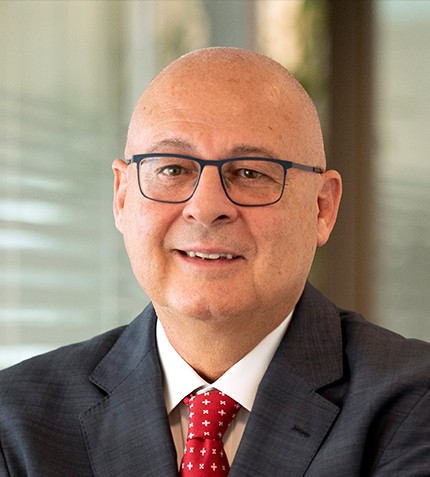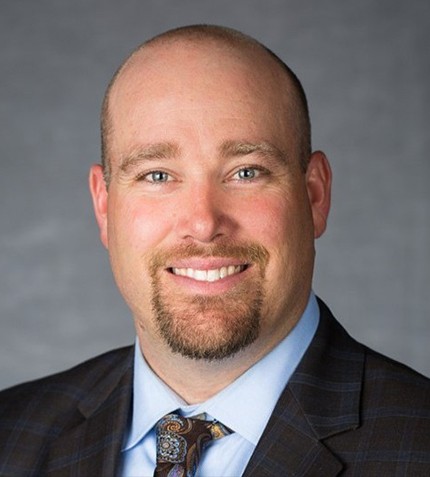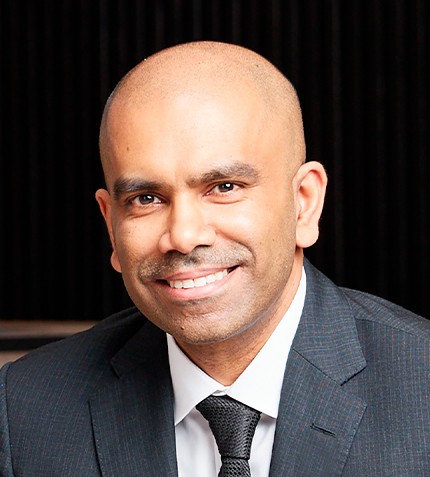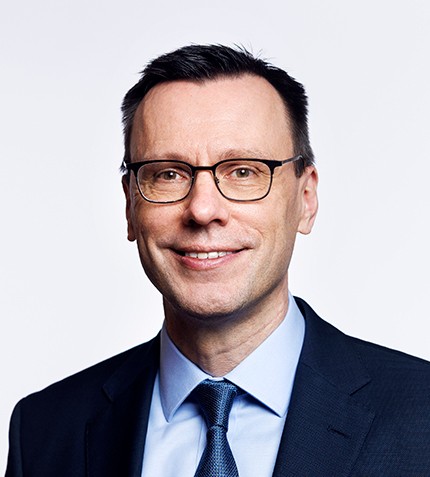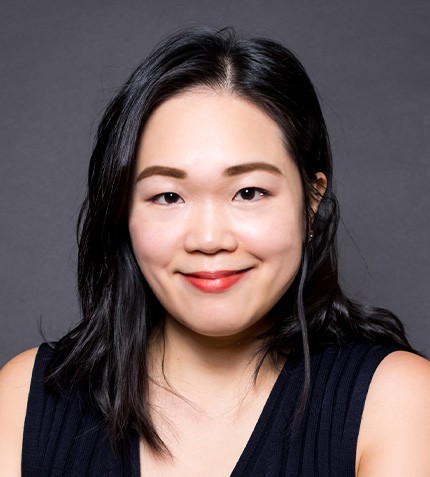
"Our work does not stop with the rating; we want to help rated companies continuously improve their sustainability performance and become leaders in their field."
Geri Liu
SENIOR ACCOUNT MANAGER, ECOVADIS
Could you briefly introduce EcoVadis’s role in the market and its current reach?
EcoVadis is a leading sustainability rating company founded 15 years ago. We are assigned by Top Fortune 500 companies, reaching about 800 MNCs that we call “the requesting side” – they assign us to monitor and improve the sustainability performance of their business and trading partners. At the same time, we provide services to suppliers, who participate in our assessment process to receive scorecards that provide benchmarks, insights, and a guided improvement journey for environmental, social and ethical practices. Our “Rated side” is a network of 90,000 suppliers across 250 categories and 160 countries, 70% of which are SMEs. EcoVadis offers a one-stop solution for suppliers at different stages in their sustainability journeys that are looking for feedback or next steps. Bridging the two worlds, we do not only provide the MNCs or the procurement side with sustainability consulting strategies, but we are also there to support the onboarding of suppliers, helping them understand where they stand in their current sustainability performance and where they can be.
Could you walk us through the evaluation process of your suppliers?
The process starts when a rated company registers with us, providing basic details like company size, nature of the business and operation locations. The length and depth of this questionnaire can vary depending on the CSR risk profile of different countries and industries, and we tailor the questionnaire according to industry, location, and size as part of our due diligence process. What makes us unique in the market is that our assessment does not rely simply on publicly available information; instead, we work directly with the rated companies to acquire documentation supporting their existing sustainability management systems. Once they complete the questionnaire, our evaluation department will access the news related to the companies under assessment using an AI-powered search engine, plus analysts to check the relevancy of each document submitted as evidence; for instance, if a company reported a certain GHG emission or ISO certificate, the team validates these answers by cross-referencing the supporting documents. The evaluation process takes six to eight weeks, at the end of which a scorecard is published. If they score well, suppliers can receive a bronze, silver, gold, or platinum badge, but our work does not stop with the rating; we want to help rated companies continuously improve their sustainability performance and become leaders in their field.
In November 2021, we launched the EcoVadis Academy to educate more companies on everything from sustainability basics to labor and human rights, business ethics, and sustainable procurement.
From your experience of working with clients in the chemical industry, what is a key shortcoming in their sustainability plans?
What I have observed over the years is this gap between the global approach and the local implementation, and this is not limited to the chemical industry. Our clients start with a global strategy, which they roll over to their subsidiaries, but it is important that they understand the appetite for these initiatives at a local or regional level. What happens globally does not necessarily fit the purpose of the regional team, so there is a need for a bottom-up approach too.
Do you have a final message to share with our audience?
Companies go above and beyond to show the community they are taking sustainability on board and committing to ambitious carbon reduction goals by 2025, 2030, or 2060. Whatever the timeline, I would like to see more companies of all sizes closely monitoring their goals beyond showcasing their targets. Big companies must also think about how to help smaller players. Each of us has a role to play.




